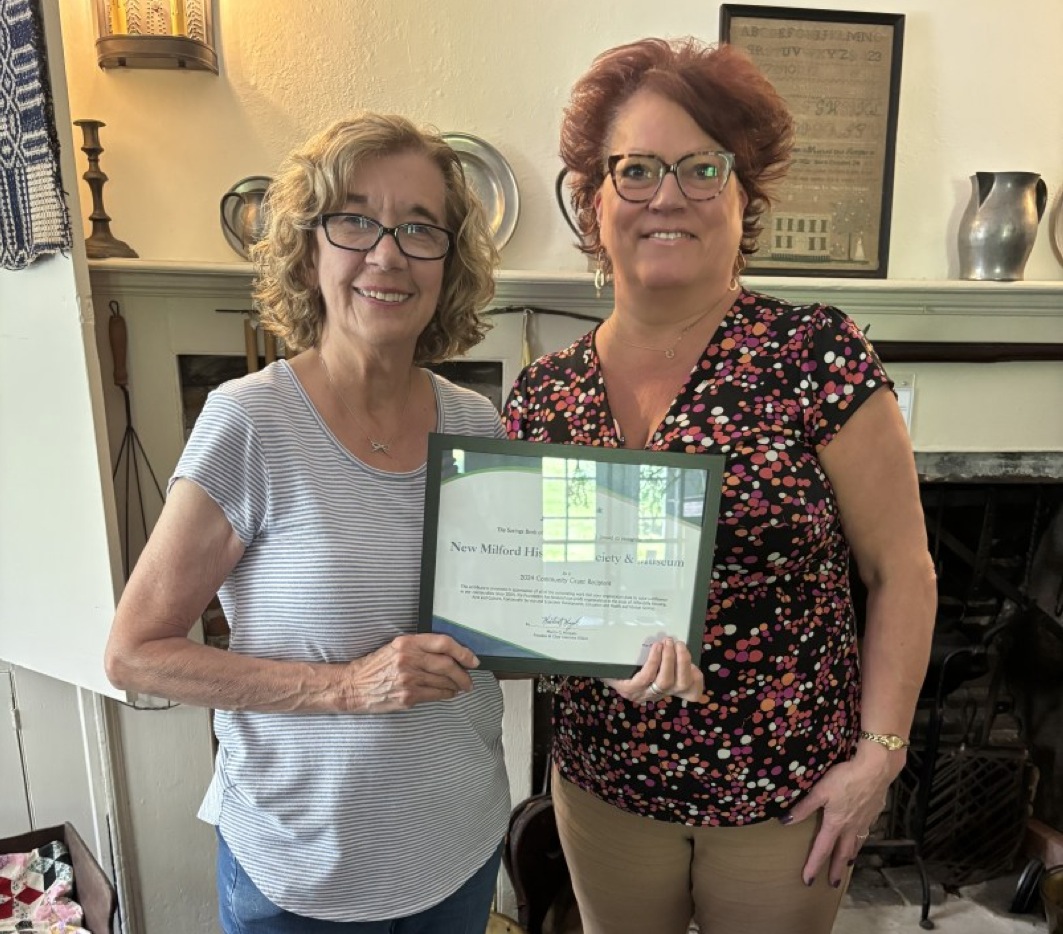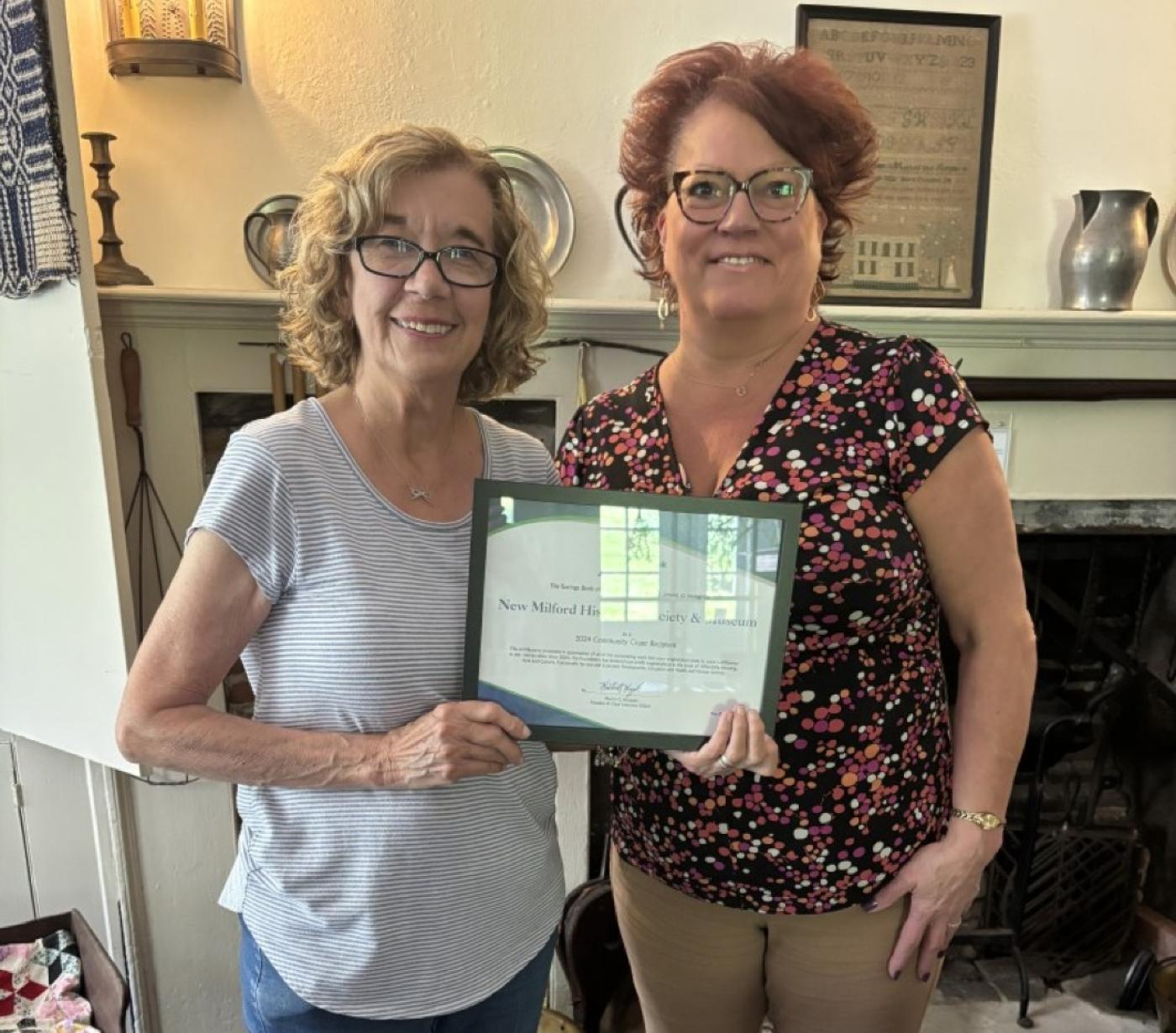
The Knapp House

The New Milford Historical Society & Museum Collection
Recently, the 255 year old Knapp House, part of the Historical Society's collection, was discovered to be seriously showing its age.
Originally built in 1770 by Daniel Burritt. Levi S. Knapp, a shoemaker by trade, bought the property from Royal Davis in 1838. Parts of the house dates to 1770, while later additions and renovations date to 1815. The original wide board floors had started to sag and the plaster walls had cracked from stress on the supports.
Our next step was to bring in structural engineers to give us proposals for further investigations. These projects and repairs cost a tremendous amount of money, so we applied for various grants to help us with funding.
We had a long road ahead of us with restoring and preserving the Knapp House. We also made a promise to Ms. Mary Clissold Knapp 59 years ago when we accepted the house as part of the Historical Society’s collection. In keeping this promise, The Parlor, Dining Room, Kitchen, Toy Room and Pantry have had a fresh coat of paint on the floor and walls, new lighting, repaired windows and have been given a new facelift.
We are especially proud of the team of volunteers it took to bring this project to fruition. It took three years of perseverance, grant writing and fundraising and many hours of good old fashioned elbow grease before we could open the doors and present the house to the public. The Knapp Sisters would be proud of their old homestead. Many thanks to everyone who helped with this project. No matter how small your task may have been, it was very important and necessary to the completion of the project.
When you come and visit the house, look for a very special item that we found in the walls while the contractors were working on the demolition phase of the project. As they were removing the knee walls they found something… a very old, worn out shoe. Who would put a shoe in the wall? And why? We have just stumbled upon a "concealment" shoe, the ancient custom of hiding a shoe in a house in order to protect it from harmful spirits.
Little is known about this tradition. It was brought to America by early settlers, mostly from England and Western Europe. Shoes have been discovered in houses dating back to the 1600’s, and in Europe shoes have been found from as long ago as the 14th century. In fact, the Northampton Museum in England has an index that lists over 2,000 concealment shoes.
Often only a single child’s shoe was hidden, but shoes belonging to women and men have also been found as in our case. A total of four were found. They could have been hidden during the original construction of the house or during a later renovation.
Historians think that people may have hidden shoes for the protection and good fortune they could offer. Many people of the time believed that mischievous spirits could enter a house. What could stop these spirits? A shoe molded to the shape of its owner’s foot. If the shoe was hidden near a place easy for spirits to enter, such as a chimney or window, the spirit would think it found the shoe’s owner, and leave the rest of the house alone. It was a superstition, but life in early times could be harsh, and people then, as now, worried about the future. Perhaps they needed to believe in the protection and good fortune a hidden shoe could bring.
We have mounted this shoe on the wall in the Knapp House Kitchen for all our visitors to see as a reminder that we are just caretakers of this historic building and are preserving the memories and lives of the people who lived in the house before us.
Some shots of the Knapp House…






